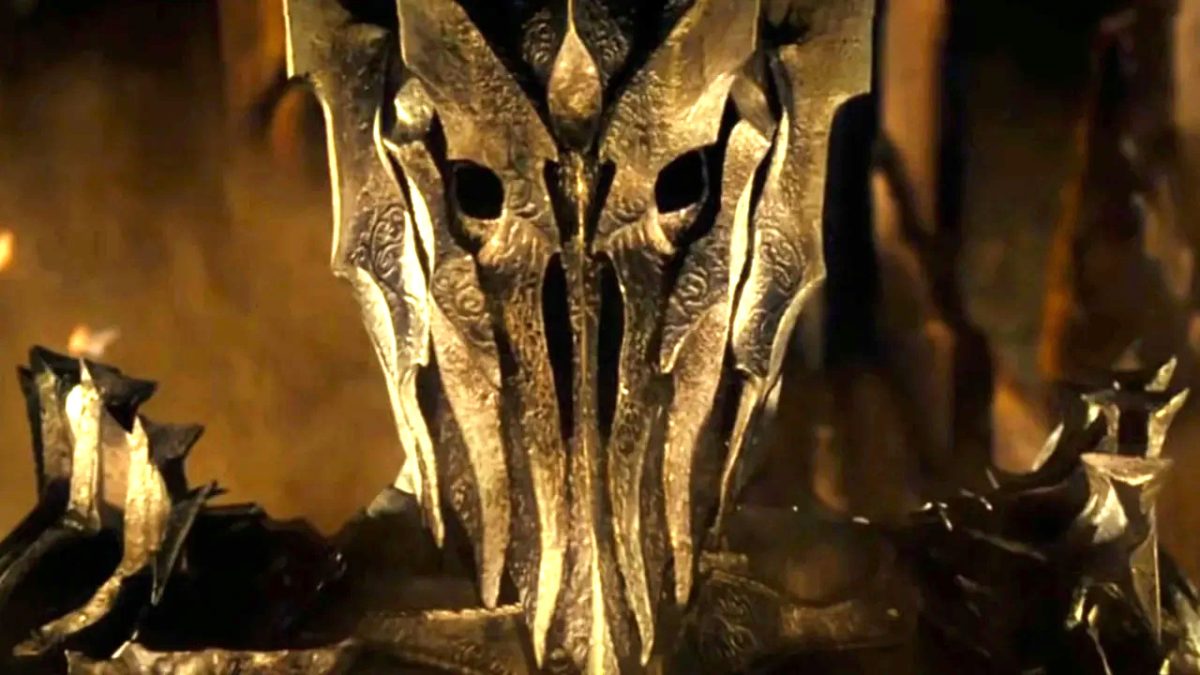Old Dog, New Tricks

A final moment of age-based humiliation comes from a meeting with MI6’s Q (Ben Whishaw), who hasn’t been seen since Die Another Die, but now looks barely old enough to drive a car, let alone build one with an ejector seat in it. He wouldn’t, mind you, because just like Mallory’s MI6, the new Q is an antique repackaged for the digital age. His scene with Bond is the most heavy-handed in its discussion of the generation gap, as the two bicker over the strengths and weaknesses of past and present, classical and techno, in front of a J. M. W. Turner painting that features a grand old navy sailing ship being towed off into obsolescence by a tiny steamer. The meeting ends with mutual understanding, as the two recognize the importance of one another. After a joke about exploding pens, and a plea from Q that James return his equipment intact, a piece of the Bond puzzle, one that has been missing for a decade, snaps back into place.
Once the actual mission begins, Bond gets back into fighting form through a little globetrotting (Shanghai to start, marking the first time a Bond movie has filmed in the increasingly important market of China) that gives him the chance to retake, and pass, his agent exams in the field. The plot is structured around the familiar Bond beats, such as a trip to his natural habitat (a casino), a risky bedding of the villain’s main squeeze, and a formal introduction as “Bond, James Bond.” Deliberate references to the older films are worked in frequently, including a request to have bullet fragments analyzed for M’s “eyes only”, a warning to a fellow agent to keep their hand off an earpiece (Casino Royale), and the use of a Komodo dragon to escape a pit, just like how Roger Moore did with an alligator, in Live and Let Die.

These are just the little winks and nods though, because the biggest, most important font of Bond nostalgia is the villain himself, Raoul Silva (Javier Bardem). Introduced with a deliciously sinister monologue presenting himself and James as being a surviving pair of rats, and destined to kill one another because of M, Silva immediately brings to mind the showmanship that always made for a true Bond villain. The notion is further confirmed by his evil lair (a deserted island off the coast of Macau), and distinguishing disfigurement (a mangled pair of chompers similar to those of Bardem’s favorite Bond villain, Jaws). Even his role as an MI6 agent gone rogue is reminiscent of 006 from GoldenEye, with Silva’s period of active service covering the gap of suspicious absence Bond had between Dalton’s last film, and Brosnan’s first.
Two sides of the same coin, Silva presents parallels to Bond that run deeper than hair colour. The two spies tango like Batman and The Joker in The Dark Knight: Bond gets a rooftop glory shot near the film’s end, and Silva gets to pull the old “getting caught was all part of my plan” routine. His techno-terrorist capabilities put the world in far more peril than any of the schemes Craig has already thwarted, but Silva’s motives are personally motivated in the way Bond’s were in the last two movies. Burned by M years ago for reckless disobedience (which Bond knows plenty about), Silva is driven to exact revenge on the woman who created him, railing against the shadow war he nearly died for, by exposing it to the light.
Embracing of new technological power where M is obstinate, Silva wrecks hacker havoc, by blowing the cover of double agents on Youtube, infecting MI6’s network, and making an attempt on M’s life during a public inquiry. Were it his point, the film would be laughably out of date by trying to make Silva represent the “new” dangers posed by computers, the Internet, and even social media, but his purpose isn’t just to inspire technophobia. After all, Skyfall is the first Bond film to be lensed completely digital (in IMAX, too), and features nearly as many CG-assisted shots as Die Another Day, though far less noticeably. No, Silva also functions as an embodiment of the theatrical, kitschy history the James Bond franchise is known for, one that Craig’s era has gone to great lengths to push back against, but now must confront. Silva’s catchphrase, “think on your sins,” is as much a challenge to Bond as it is M.
Continue reading on the next page…






